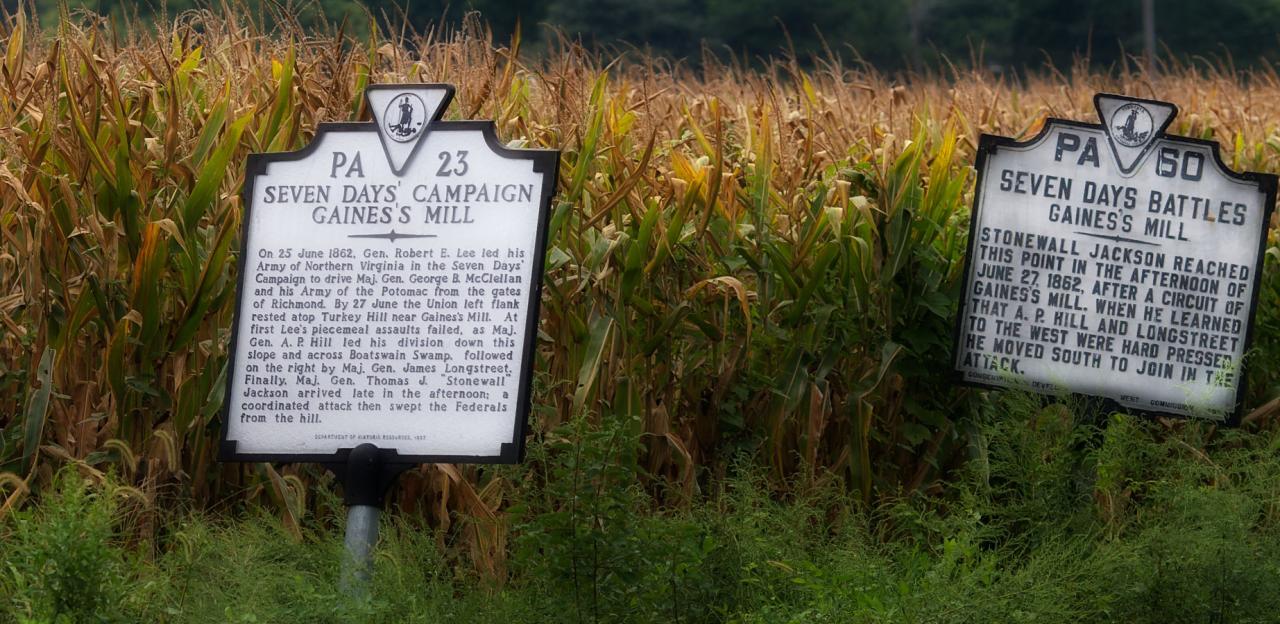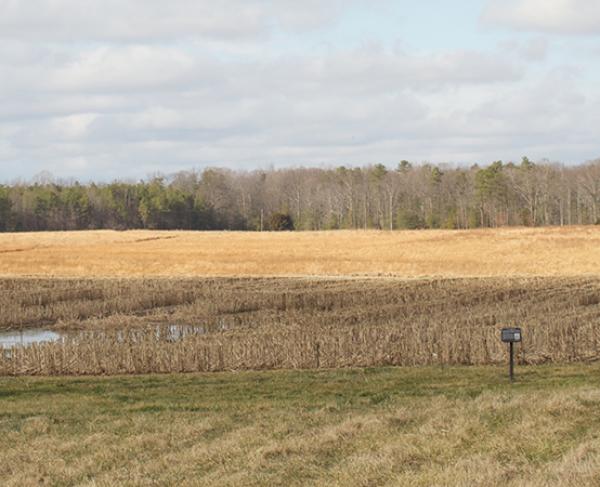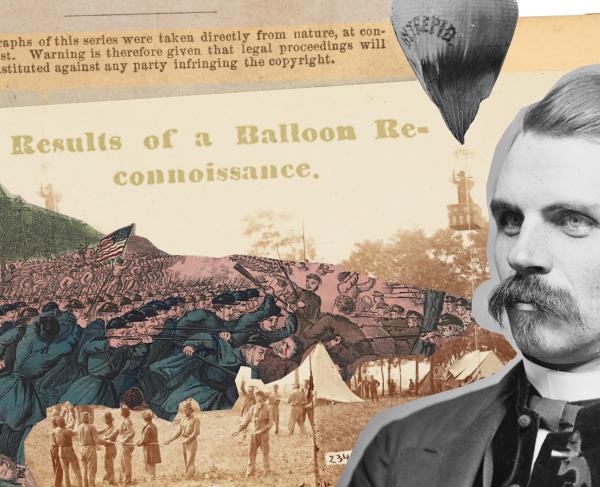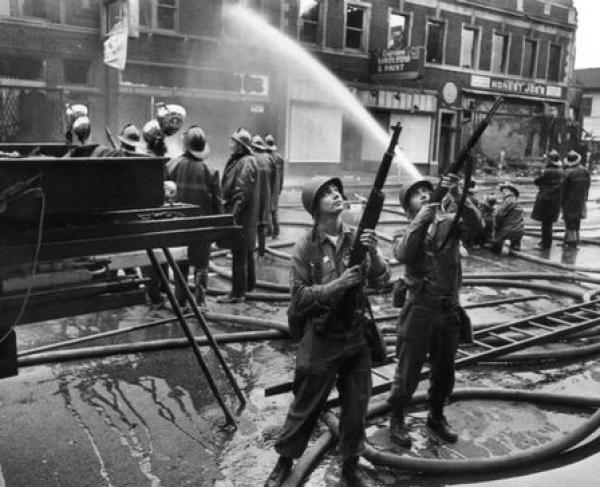Blunting the Rebel Onslaught: The Pennsylvania Reserves

Randy Cleaver
The Pennsylvania Reserve Volunteer Corps, commonly known as “The Pennsylvania Reserves,” played a major role in opposing the Confederates during the Seven Days’ Battles. Originally created by Pennsylvania as a state defense force when war began, the unit was quickly sent to help build the Army of the Potomac in 1861. By the following year, most of the corps was organized as an infantry division under the command of Brig. Gen. George A. McCall.

After spending most of the spring on detached duty, the division returned to McClellan’s army in mid-June. Assigned to Fitz John Porter’s V Corps, the Reserves were ordered to take position around Mechanicsville. As a contingency, McCall chose to establish a defensive position along nearby Beaver Dam Creek and ordered that it be prepared for use in the event of an attack. His foresight and the labor of his soldiers in planning and fortifying the position were soon rewarded.
When Lee’s offensive began on June 26, the initial blow fell largely upon McCall’s troops. Fighting their first action as a division, the Pennsylvanians’ earlier preparations enabled them to dominate the battlefield and deliver a stunning tactical defeat. Ordered to withdraw to the V Corps’ new position near Gaines’ Mill, McCall’s division served as Porter’s reserve force and its units were scattered across the battlefront to buttress the Federal position during the engagement of June 27. Late that night, the Reserves joined the Union withdrawal across the Chickahominy River.
Following Gaines’ Mill, the Pennsylvanians were detached from the V Corps and moved south across White Oak Swamp. From there, the Division was ordered to march to the James River late on June 29. Passing through the Glendale road intersection, confusion about the correct route caused McCall’s men to advance southwest from the Long Bridge Road. After encountering Confederate pickets, they spent an uneasy night bivouacked along the highway.
The next morning, the Reserves countermarched to the critically important Glendale intersection and were ordered to halt. By early afternoon on June 30, McCall sensed the enemy was near and deployed his troops to block the Long Bridge Road. It was a timely move; within hours Lee’s main effort advanced up the road and collided with the Pennsylvanians. After withstanding repeated assaults that often involved savage hand-to-hand combat, McCall’s units gave way and withdrew to the rear. Once rallied, several regiments helped other Federal troops stabilize the Union position as night closed the battle.
Glendale was the last engagement of the Seven Days in which the Pennsylvania Reserves fought. Perhaps no other division of McClellan’s army was called upon more often to resist the Confederate attacks; certainly only one other division sustained such severe losses. Indeed, approximately one-fifth of all casualties felt by the Army of the Potomac during that week were suffered by the Pennsylvanians. Wrote one soldier, “It is with tears that I pen to you the fate of our noble boys. But thank God they died in a noble Cause.”
There are 29 critical acres of battlefield land in Virginia, at Glendale, and at Gaines’ Mill/Cold Harbor that we have the opportunity to save in...
Related Battles
6,800
8,700


